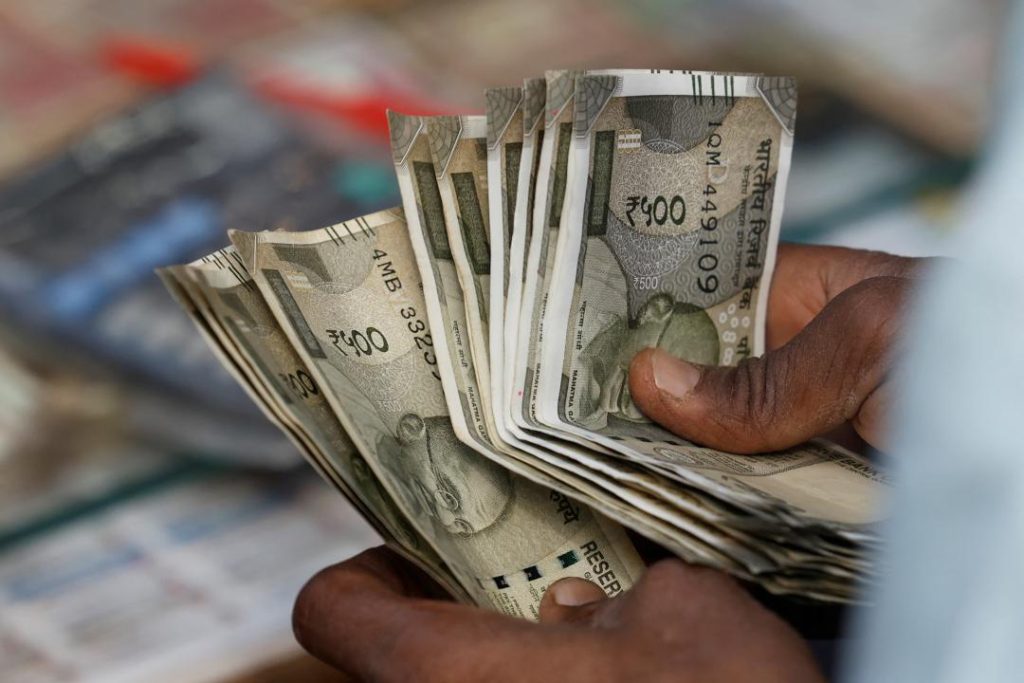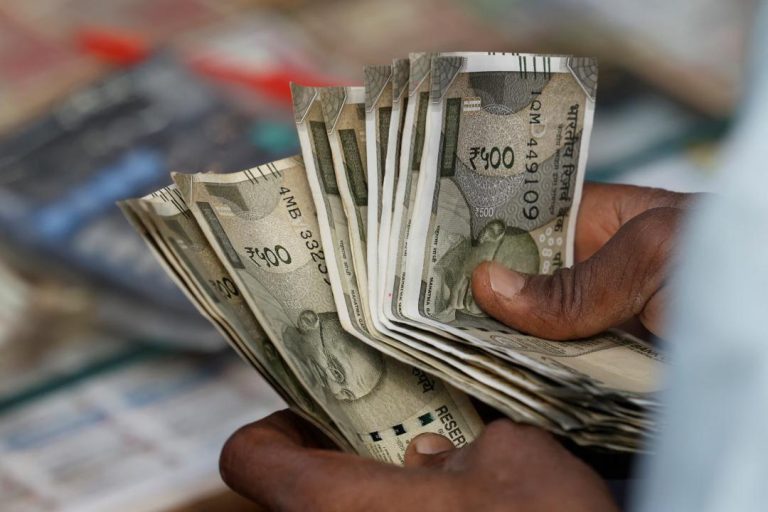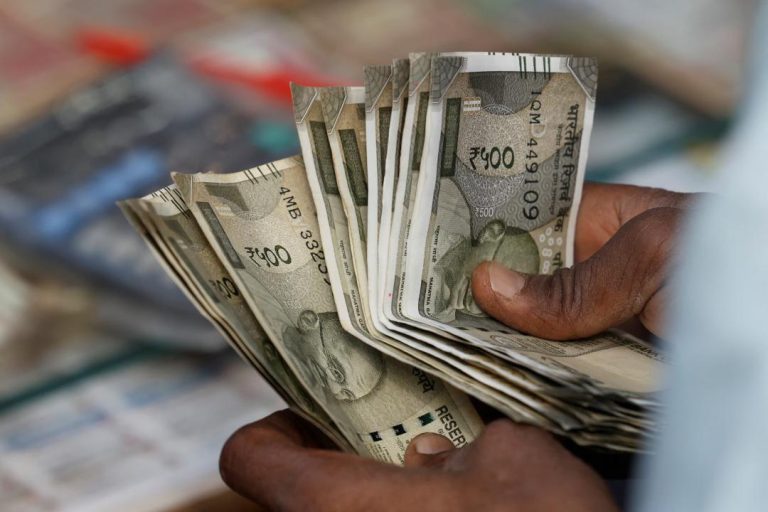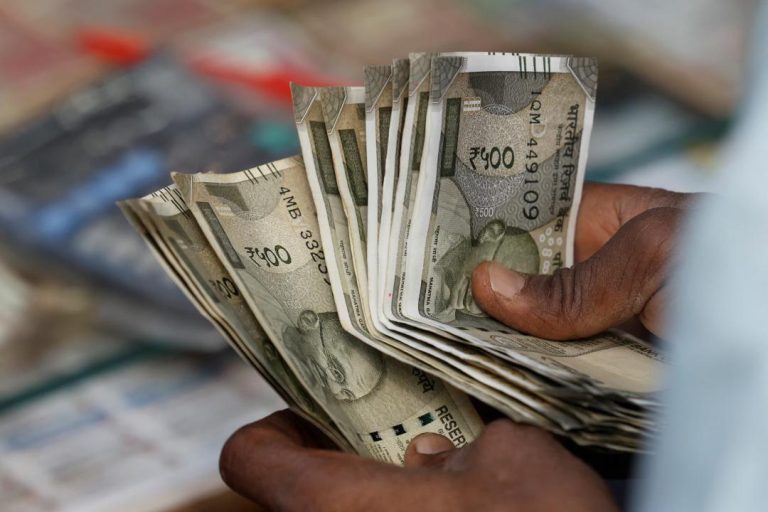
What Got Cheaper & Costlier in March as CPI Falls to 67-Month-Low of 3.34%?
The Consumer Price Index (CPI) in India has finally seen a significant decline, falling to a 67-month low of 3.34% in March. This drop in inflation is a welcome relief for consumers, who have been bearing the brunt of rising prices for quite some time now. But what does this mean for the prices of everyday essentials? Let’s take a closer look at what got cheaper and costlier in March.
The Decline in Prices:
As per the data released by the Ministry of Statistics and Programme Implementation, the CPI, which measures the average change in prices of a basket of goods and services, fell to 3.34% in March, down from 5.03% in February. This is the lowest level of inflation in the country since August 2017.
What Got Cheaper:
Prices of some essential commodities saw a considerable decline in March. Eggs, for instance, saw a whopping 13.44% decline in prices, while vegetables and pulses saw a drop of 8.36% and 6.27% respectively. These declines are likely to bring relief to consumers, particularly in urban areas where the prices of these commodities tend to be higher.
Spices, meat, fish, and housing also saw marginal declines in prices, with falls of 1.52%, 1.08%, 0.93%, and 0.63% respectively. Recreation and amusement activities, such as travel and entertainment, also saw a slight drop in prices.
What Got Costlier:
On the other hand, some commodities saw an increase in prices in March. Fruit prices, for instance, saw a significant jump of 10.33%. This could be due to factors such as supply chain disruptions, weather conditions, and transportation costs.
Cereals, milk, oil, sugar, confectionery, clothing, snacks, sweets, pan, tobacco, footwear, fuel, and health and education services also saw marginal rises in prices. These increases are likely to have a negligible impact on overall inflation, but could still pinch consumers’ pockets.
Regional Variations:
It’s worth noting that the price trends varied across different regions. While some states such as Maharashtra and Gujarat saw a decline in prices, others such as Kerala and Tamil Nadu saw an increase.
Economic Impact:
The decline in inflation is likely to have a positive impact on the economy. It could lead to higher consumer spending, which in turn could boost economic growth. The Reserve Bank of India (RBI) may also consider cutting interest rates in the near future, which could further stimulate the economy.
Conclusion:
The decline in CPI to a 67-month low of 3.34% in March is a welcome relief for consumers. While some essential commodities saw a decline in prices, others such as fruit and cereals saw an increase. The decline in inflation is likely to have a positive impact on the economy, leading to higher consumer spending and potentially even interest rate cuts. As the economy continues to evolve, it will be interesting to see how prices of everyday essentials change in the coming months.
News Source:





